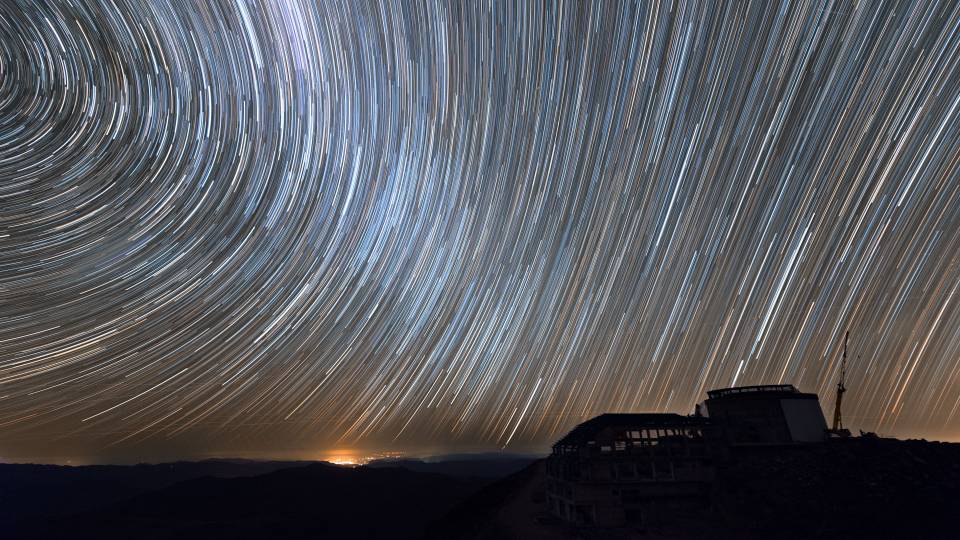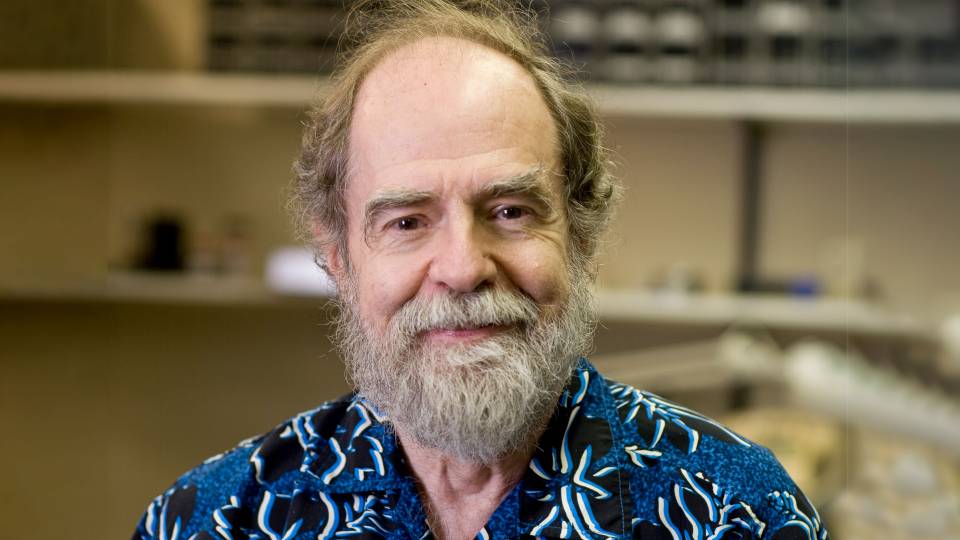Stunning images of the Andromeda Galaxy are among the first to emerge from a new wide-field camera installed on the enormous Subaru Telescope atop the Hawaiian mountain Mauna Kea. The camera, called the Hyper-Suprime Cam (HSC), is the result of an international collaboration between Princeton University astrophysicists and Japanese and Taiwanese scientists.
With this new camera, researchers will be able to conduct a "cosmic census" of hundreds of millions of galaxies in a wide swath of sky in sufficient depth to probe mysteries such as dark matter and dark energy, while searching for baby galaxies in the early universe. The images of the Andromeda Galaxy demonstrate the new camera's ability to capture images for a large-scale survey that will help scientists understand the evolutionary history and fate of the expanding universe. The camera's enormous field of view allowed the entire Andromeda Galaxy, which is some 60,000 light years across, to be captured in a single shot.
"We are very excited about using this survey to study the nature of galaxies in the distant past," said Michael Strauss, a Princeton professor of astrophysical sciences who, with senior research scientist Robert Lupton and other scientists in Princeton's Department of Astrophysical Sciences, is involved in processing HSC images. "Because of the finite speed of light, we see these galaxies as they were billions of years ago, and we will compare the properties of galaxies in their youth to the mature galaxies we see around us today."
The combination of the HSC with the Subaru Telescope's sharp imaging, wide field-of-view and large mirror — which is 26 feet, or 8.2 meters, in diameter — represents a giant step into a new era of observational astronomy. The HSC contains 116 charge-coupled devices and a wide-field corrector containing seven high optical-quality lenses in an innovative ceramic lens barrel. Of particular note is the consistent sharpness of the image across the entire picture.

Princeton University astrophysicists were part of an international collaboration to produce stunning images of the Andromeda Galaxy (above) using the new Hyper-Suprime Cam installed on the enormous Subaru Telescope atop Mauna Kea in Hawaii. The images of Andromeda demonstrate the new camera's ability to capture images for a large-scale survey that will help scientists understand the evolutionary history and fate of the expanding universe. The first image shows the entire Andromeda Galaxy. The red box centers on a part of the galaxy's disk (second image) just above the center with young stars (blue) and hydrogen clouds (green) visible. The purple box focuses on a band of Andromeda (third image) in which a number of galaxies hundreds of millions of light years away can be seen in the background. The faint red stars scattered over the image are stars in the Milky Way, while the blue stars belong to Andromeda. (Photos courtesy of Robert Lupton and the HSC team)
HSC will have the sensitivity to measure the distortions in the shapes of hundreds of millions of distant galaxies due to the gravitational pull of dark matter. The data will help scientists understand the distribution of dark matter, the invisible material that makes up about a quarter of the mass and energy of the universe, as well as dark energy, which is thought to be speeding up the expansion of the universe.
Satoshi Miyazaki, director of the HSC project, said the HSC will have a significant role in the Subaru Telescope's mission. "In essence, this means an expansion of applications that derive from the instrument's capacity to make nearly invisible and distant faint objects visible, and for bringing dark energy and dark matter into the arena of scientific identification and investigation. The design of HSC facilitates this task with faster survey speed and tenfold expansion of file size."
The Andromeda images stand as a successful test of the HSC's capabilities. The Andromeda Galaxy, also known as Messier 31, is 2.5 million light years from Earth and is the spiral galaxy nearest to our own Milky Way Galaxy. It is visible to the naked eye on moonless nights, even in areas with moderate light pollution. Astronomers find it interesting because it is similar to the Milky Way and can provide valuable information about how our own galaxy formed. Since the entire galaxy is visible in the new images, it is possible to determine from the color of the galaxy's stars how those star populations change from the interior to the edge of the galaxy.
To produce the images, scientists at Princeton worked closely with colleagues at the National Astronomical Observatory of Japan (NAOJ) and the Kavli Institute for the Physics and Mathematics of the Universe (Kavli IPMU) in Japan on the software pipelines that analyze terabytes of raw data. These data not only yield beautiful images but also precise measurements of the brightness, position and shape of every galaxy and star. These pipelines are based on prototypes for the software being developed for the Large Synoptic Survey Telescope (LSST), a major new facility which will see first light in 2022.
"It's remarkable that Princeton's partners on this project are not just other universities, but other nations. There's really no other university playing a role this large in a survey of this scale," said James Bosch, an astronomical software specialist at Princeton. "For someone interested in the gritty details of astronomical data processing, this is simply the best place in the world to work."
"From my first involvement in this project, I have been amazed at its boldness," said Paul Price, an astronomical software scientist at Princeton. "We can take what has long been one of the best astronomical cameras in the world, and make it 10 times better again."
The HSC is the result of an international collaboration among major research partners, including NAOJ, Kavli IPMU, the School of Science at the University of Tokyo, KEK (High Energy Accelerator Research Organization, Japan), Academia Sinica Institute of Astronomy and Astrophysics in Taiwan and Princeton — and with technology companies Hamamatsu Photonics K.K., Canon Inc. and Mitsubishi Electric Corporation.
Funding for the HSC project at Princeton was provided by Princeton University.




